Providing supportive working conditions for everyone requires mainstreaming gender into all aspects related to health, safety, wellbeing, and risk management.
Gender can influence workplace wellbeing and safety in many complex and multifaceted ways. Organizations have a responsibility to ensure occupational health and safety in the workplace, prevent workplace violence and harassment, support employees’ psychological safety and mental health, and create the conditions that enable everyone to feel comfortable at work. However, policies, practices, and procedures have typically favoured men and, at times, discouraged women from participating in the workplace by disadvantaging their productivity as well as their physical and mental health needs. In particular, the environment and conditions within male-dominated industries can pose a challenge to women’s safety and wellbeing.
Providing supportive working conditions for everyone requires mainstreaming gender into all aspects related to health, safety, wellbeing, and risk management by recognizing that physical and psychosocial factors affect people differently depending on their gender identity. For example, women experience gender-based violence in the workplace more commonly than men and specific groups of women are at higher risk than others, including senior leaders, LGBTQ2+ women, Indigenous women, women with disabilities, and women in male-dominated fields. To address this issue, in October 2018, the Government of Canada passed Bill C-65 with the intention of creating an integrated framework to protect federally regulated employees from harassment and violence in the workplace. However, all companies must proactively implement plans and ensure the mechanisms are in place to guarantee employee wellbeing and reduce health and safety risks.
Gender-responsive workplace wellbeing and safety features can generate the following benefits:
- Reduced workplace inequality
- Increased productivity
- Decreased rate of attrition
- Decreased absenteeism
- Reduced legal and reputational risks
On the other hand, failing to take this approach poses the following risks:
- Decreased wellbeing of employees
- Decline in employee morale and trust
- Loss of social license to operate
- Increased chance of legal liability and reputational damage
Success Factors for Workplace Wellbeing and Safety
- Defining what workplace wellbeing and safety means to your organization and the role gender plays in how employees experience or understand wellbeing and safety. Implement corresponding measures, practices, initiatives, and strategies that reflect these differences as well as acknowledge that incidents outside of the workplace can impact employee wellbeing.
- Increasing the representation of women and underrepresented groups in wellbeing and safety decision-making to identify how workplace policies, programs, processes, controls, design, and environment can reduce inequalities.
- Linking occupational health and safety to workplace equality actions, including harassment and violence, mental health, and built environment, will promote gender-responsiveness in workplace wellbeing and safety management.
Good Practices in the Private Sector

CAE is committed to creating a safe workplace and enhancing employee wellbeing. To prevent and address potential risks and hazards, CAE developed “EthicsPoint”. This is a third-party platform with a website and hotline that employees, customers, partners, and suppliers can use to confidentially report issues related illegal or unethical behaviour, including equal opportunity and a harassment-free workplace. Additionally, CAE created a pilot project that involved conducting a Total Health Index assessment of employees’ physical and mental health, personal life, and work environment. Employees received a personalized report with recommendations and relevant resources, and CAE used the aggregated results to improve organization-wide initiative and policies related to wellbeing.

Over the last two years, Scotiabank’s mental health support benefit was expanded to include a wide range of practitioners, including marriage counsellors and psychotherapists. The wide range of support recognizes the various roles employees, and women in particular, play as caregivers to family members, both young and old. In addition, eligible expenses in Scotiabank’s wellbeing account were expanded to support employees’ total wellbeing by including coverage for childcare expenses, eldercare and mental health support for extended family members. The wellbeing account can also be used towards wellbeing apps, gym memberships, and fitness equipment.
Recommendations for Workplace Wellbeing and Safety
- All levels of leadership need to actively create safe spaces and foster safety culture throughout the organization. Employees should feel comfortable to “see something, say something.”
- Prevention, promotion, and resolution are key elements when designing or revising policies or approaches to enhance physical and psychological health and safety in the workplace. Include monitoring mechanisms within each of these stages to ensure a comprehensive process.
- Develop gender-responsive workplace wellbeing and safety indicators based on disaggregated data. Identify and assess working conditions from the perspective of women and marginalized groups through quantitative and qualitative methods collection such as lived experiences.
- Implement a formal zero-tolerance policy for gender-based violence that applies to all levels, all types of workers, and anyone who has a relationship with your organization. This policy should include a range of options in terms of determining sanctions and consequences.
- Establish clear, confidential, and reprisal-free reporting and due investigation mechanisms for cases of gender-based discrimination and violence. Set up specific steps for all formal and informal grievances, prevent any reprisals for reporting, and beware of backlash that can derail efforts.
- Assess safety needs of different genders from an intersectional perspective and provide mechanisms to protect all employees when working on- and off-site. Options include a remote check-in system, arranging security or transportation for afterhour work, designating gender-neutral washrooms, and consulting with all genders in the renovation or design of workspaces.
- Consider the needs of all genders when planning for employee benefits packages and wellbeing options (e.g. sick days, vacation days, parental leave, alternative work arrangements, and benefits for reproductive health and mental health).
- Assign a specific person or accountable party with the task of establishing measures to prevent, detect, and act on harassment or gender-based violence. Ensure your company supports victims of harassment and gender-based violence in the workplace as well as victims of domestic violence.
- Provide regular training for all employees, especially for managers and those in human resources to help to foster widespread recognition and support. Cover all aspects of workplace wellbeing and safety and using scenarios tailored to your specific workplace and sector.
- Work proactively to destigmatize mental health and create awareness on gender-specific mental health risk factors. Be prepared with formal policies and resources to support those experiencing issues related to mental or physical health, personal crises, unexpected events, etc.
Good Practices in the Private Sector
Stantec has made a point to prioritize psychological health and safety. Their corporate safety team is currently conducting a company-wide audit on mental health and will be using the findings from the audit to determine key focus areas for mental health moving forward. At the same time, Stantec has implemented and supported mental health initiatives across its offices in Canada. In New Brunswick, Stantec developed a series of wellness workshops related to stress and grief management, and also held and event called “A Day in Her Shoes” that was designed to raise awareness about women’s mental health concerns like social inequity and gender-based violence.
Unilever’s Vision Zero strategy aims to have zero fatalities, zero injuries, zero motor vehicle accidents, zero process incidents, and zero tolerance of unsafe behaviour and practices. Unilever promotes safety for women in its workplaces and extended supply chain by addressing harmful social and cultural norms through evolving codes of conduct and policies, grievance mechanisms, awareness raising and training. In addition, Unilever has helped around 1.85 million women across the value chain access initiatives that help to promote their safety, develop their skills and expand their opportunities.
Assess Your Organization’s Workplace Wellbeing and Safety
- How does your organization ensure that all workplace wellbeing and safety policies recognize and protect sex and gender differences (e.g. mental health, muscular-skeletal, reproductive health, hygiene, security, comfort)?
- How does your organization ensure that workplace wellbeing and safety responds to the needs of employees of all genders?
- Does your organization’s wellbeing and safety decision-making team accurately and proportionally represent its workforce population?
- Has your organization included gender awareness for all staff and employees as part of wellbeing and safety training (e.g. gender-based violence and harassment, postpartum mental health)?
- How does your organization prevent workplace discrimination and violence, including gender-based violence?
- Does your organization have a zero-tolerance policy against all forms of workplace discrimination and violence, including gender-based violence?
- Has your organization implemented clear, confidential, and reprisal-free mechanisms for reporting, documenting, and recording cases of workplace discrimination and violence, including gender-based violence (e.g. anonymous grievance systems, employee protection, or whistle-blower policies)?
- Does your organization have practices that ensure the safety of employees of all genders when in the workplace, commuting to work, visiting clients, or travelling for work (e.g. check in devices or procedures, security guards, transportation services, visible parking lot, security cameras)?
- Does your organization provide an employee benefits package that includes access to health services specifically designed to address the different needs of all genders (e.g. breast and prostate cancer screening, reproductive, postpartum, and mental health support)?


